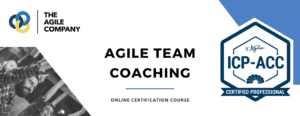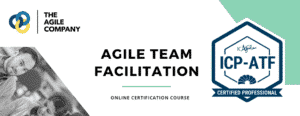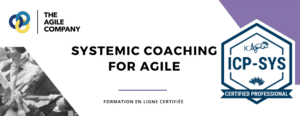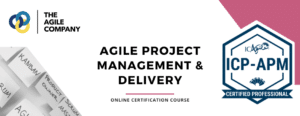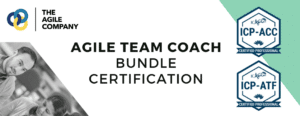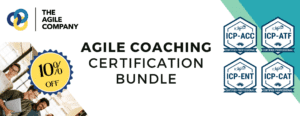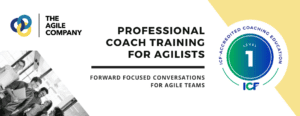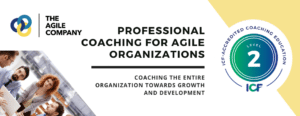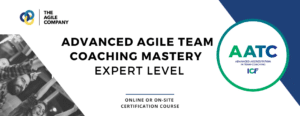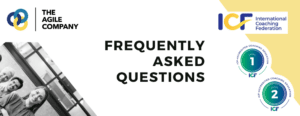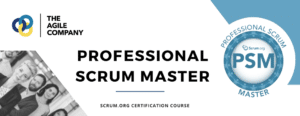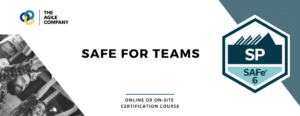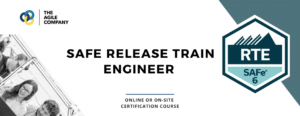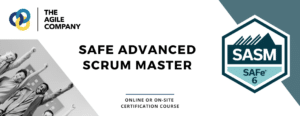Agile development transcends beyond just a collection of practices; it’s a mindset deeply rooted in continuous improvement. In an agile environment, the focus is not solely on completing tasks but on an ongoing journey of learning, adapting, and evolving. This blog post explores various strategies that agile teams can employ to cultivate a culture of continuous improvement.
Embracing Regular Retrospectives:
Retrospectives are a cornerstone of agile methodology. These regular meetings aren’t just for reviewing what went wrong or right in a sprint; they are opportunities for open, honest reflection and learning. To make retrospectives effective:
- Encourage open and constructive feedback.
- Focus on actionable insights rather than just discussing issues.
- Regularly rotate the facilitator role to bring in fresh perspectives.
Knowledge Sharing Across Teams:
Agile teams thrive on collective knowledge and skills. Encouraging cross-team interactions can lead to a richer understanding and more innovative solutions. Strategies include:
- Organizing inter-team workshops or ‘lunch and learn’ sessions.
- Creating a shared digital space for knowledge repositories.
- Encouraging pair programming or cross-team collaborations on specific tasks.
Encouraging Innovation and Experimentation:
A culture that values experimentation and innovation is key to continuous improvement. This involves:
- Creating a safe environment for trying new ideas without fear of failure.
- Implementing short, focused experiments to test new methods or technologies.
- Celebrating both successes and constructive failures as learning opportunities.
Continuous Feedback Loops:
Agile teams benefit from continuous feedback, both from within the team and from stakeholders. This can be achieved through:
- Regular check-ins with stakeholders for their input and expectations.
- Using tools and metrics to gather real-time feedback on performance.
- Encouraging intra-team feedback to improve collaboration and efficiency.
Investing in Professional Development:
Investing in the team’s skills and knowledge is crucial. This might involve:
- Providing access to training and workshops.
- Encouraging attendance at conferences or webinars.
- Offering time for self-study or exploration of new agile practices.
Fostering a Growth Mindset:
Finally, fostering a growth mindset within the team is vital. This means:
- Encouraging curiosity and a desire to learn.
- Valuing process and progress over perfection.
- Recognizing and rewarding efforts towards personal and team development.
Conclusion
Creating a culture of continuous improvement in an agile team is about more than just following a set of practices; it’s about fostering a mindset of ongoing learning, collaboration, and adaptability. By embracing these strategies, teams can not only improve their work and processes but also contribute to a more dynamic, innovative, and productive work environment.

